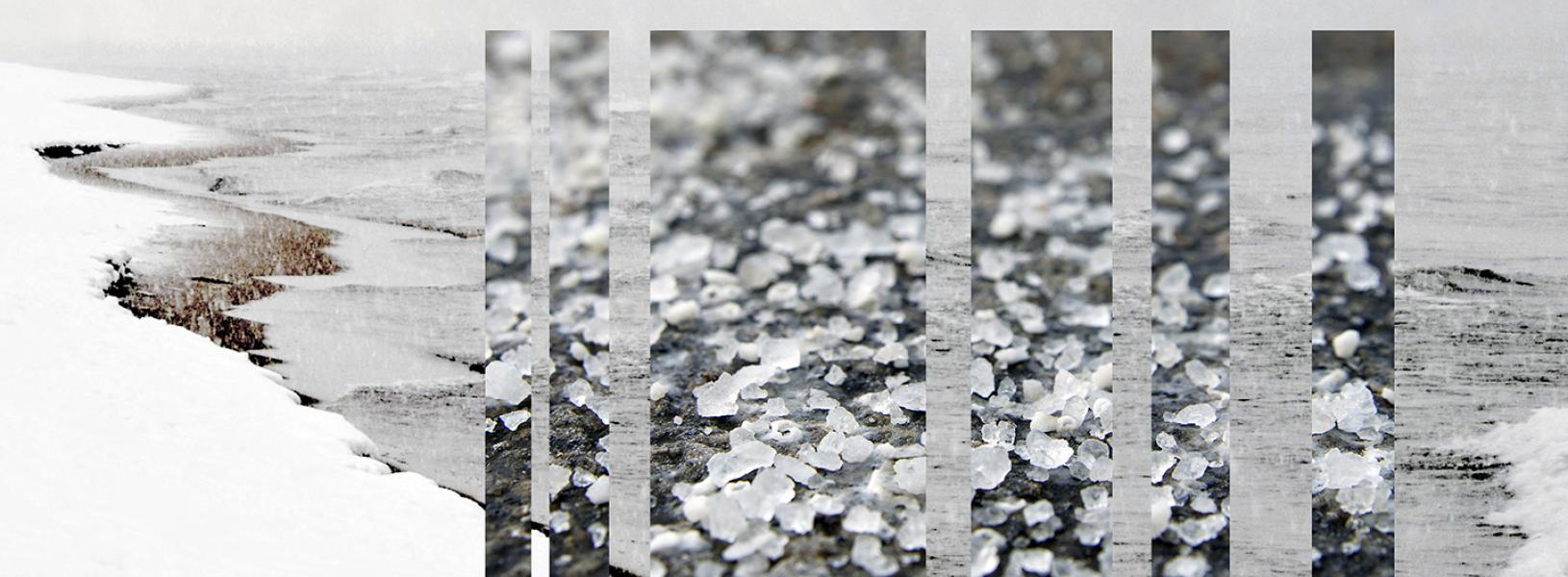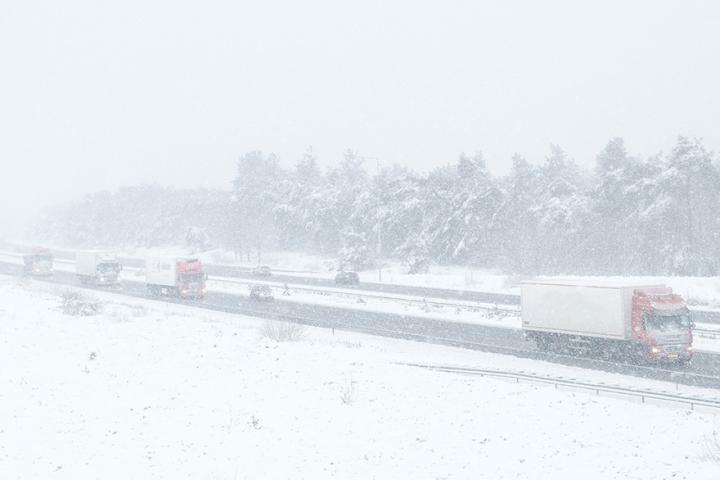We all know the winter drill: the snow falls, the plows come out, and the salt gets tossed. Every year, millions of tons of sodium chloride are scattered on Canadian highways and walkways to keep us safe from car accidents and slipped discs. The salt does a good job, but the problem is that we use a lot more on our roads than we sprinkle on our food. And when all the chloride from that salt runs off into lakes, rivers, groundwater, and soils, it can be toxic for plants and animals.
How toxic and at what levels are two of Shelley Arnott’s big questions. She’s a Queen’s biology professor interested in how aquatic ecosystems respond to environmental change. She started looking into the impact of road salt on plankton several years ago and is now part of a global research team doing the same. One of their biggest findings so far is that some of the guidelines around safe amounts of chloride in fresh water may be way off, or at least not applicable across regions.
In Canada, one main guideline is that there shouldn’t be more than 120 milligrams of chloride in every litre of fresh water. The thinking goes that this threshold protects the majority of aquatic species when they are exposed over the long term. But in the waterways in and around cities like Toronto, where some chloride levels have been measured as high as 18,000 mg/L after snowfalls, these guidelines aren’t doing enough, says Dr. Arnott. And besides, as she saw in one of her first experiments with road salt, that 120 mg/L number doesn’t seem to protect an important zooplankton called Daphnia.
Nicknamed “water fleas” for how they move, Daphnia are tiny crustaceans that play a huge role in controlling algae and feeding fish. Back in 2018, when Dr. Arnott put Daphnia populations in water similar to that found in lakes in the Muskoka region of Ontario, she found their reproduction numbers started declining at chloride concentrations of between just five and 40 mg/L.
“We were really surprised,” says Dr. Arnott. “We went into the experiment thinking we have pretty good guidelines. But maybe not.”
Next, to see if her results would hold true in other areas, Dr. Arnott led a team of 45 researchers in Canada, the U.S., Spain, and Sweden. Together, they ran the exact same experiment with diverse zooplankton communities at 16 sites in all four countries, including at the Queen’s University Biological Station. They found similar declines in numbers of individuals even at those lower chloride concentrations.
Dr. Arnott was blown away again. “We just didn’t expect to see these strong effects in all these places,” she says.
Now Dr. Arnott is trying to figure out if some of those strong effects she found in Ontario are due, at least partially, to water hardness (soft water tends to be more toxic). If they are, it could mean those water guidelines need to be different for different parts of the province.
In general, though, it’s clear that we all need to rethink how much salt we’re using on our roads and around our homes, says Dr. Arnott. “I’m not going to say don’t salt the roads – it saves lives. But what I’m hoping is that this research helps push us all to reduce the amount we’re using and invest in safer alternatives. We have to do something.”

